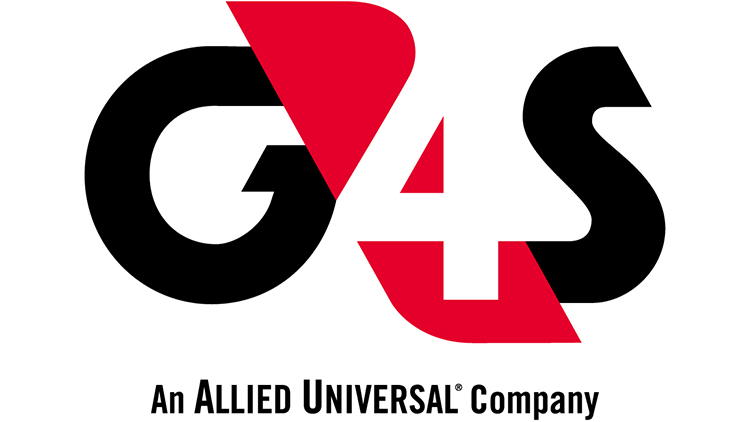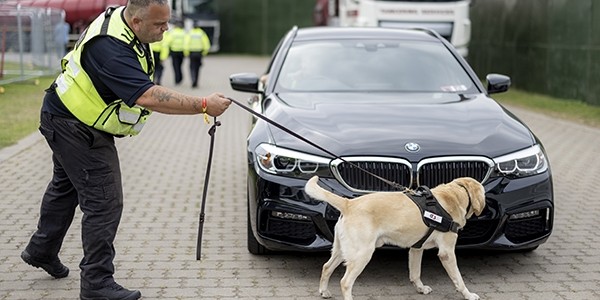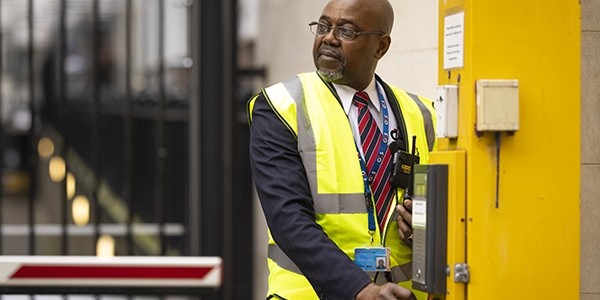Promotional Features
How to achieve good security in food manufacturing premises
How can food manufacturers ensure that they have the right measures in place to prevent manufacturing from being disrupted by a security issue and to ensure that their employees, products, and reputation are protected? G4S offers a checklist to optimise workplace security.
From a suspected fire resulting in an evacuation, to protests, product tampering and theft, there are a multitude of ways in which manufacturing can be disrupted and people, product and reputation put at risk.
The security industry has changed significantly over recent years, with advances in technology and new ways of working and how the security operation is set up and run is key. G4S works with hundreds of manufacturers, large and small. Here, Danielle Powell, G4S regional business development manager, provides a 10-point checklist of key security considerations for food manufacturers. It includes protecting against protest-related threats and the benefits of a combined safety and security solution.
1. Continuity of manufacturing
Continuity of manufacturing will sit at the heart of the security provision. The security provider should understand that any pause in production, caused by a security issue, will have a significant cost. Ensuring that the solution mitigates any risks and deals with issues promptly will protect not only the continuity of manufacturing but also the employees, products and the business’s reputation.
2. Training
Security officers should be trained to respond to the specific threats and risks that have been identified in the manufacturer’s risk assessment, and the business should undertake live or desktop testing against various threat scenarios. The G4S Academy plays an important role in building expertise through sharing best practices and innovations, running training sessions for employees at all levels, and sharing knowledge with clients.
3. Protest-related threat
The risk assessment should consider whether the manufacturer has a requirement for protection against protests. For a large poultry business, G4S focuses on preventing and responding to protest-related threats, which could be at any of the business’s production facilities or farms. Intelligence is shared on sites that may be targeted, and G4S works with its local operations team and the client to create an effective security solution. Additional security officers can be supplied quickly and at any location because it has relief staff available in every area of the UK and Ireland. The relief staff are familiar with each site location, and their safety and security procedures.
4. Efficient site access and egress
The security team should work with the manufacturer to ensure that deliveries and vehicles leaving the site are processed effectively and quickly. For some secured manufacturing sites, there can be over 500 vehicle movements per day, so an efficient system and team are crucial to ensuring there are no disruptions to manufacturing. There should also be an efficient system for checking employees entering the site to start their shifts, as well as checking and admitting contractors and visitors onto site, with access to manufacturing locations and equipment being tightly controlled.
There should be procedures in place to ensure that nothing that could damage the business is admitted onto site. This is particularly important for manufacturers that may be targeted by protestors. For its poultry manufacturing client, G4S conducts vehicle inspections as one element of its service to guard against activist intrusion.
5. Advanced production area surveillance
Manufacturers may benefit from advanced surveillance of the production areas and this can be set up as part of the main security system. Alongside perimeter and door access monitoring, cameras in the production areas can be used by the client team to review food safety contraventions.
6. Security and customer service
The security team should represent the manufacturer, with customer service skills that ensure employees and visitors are welcomed to site and dealt with effectively. However, security shouldn’t be the focus of only the security team. The team should be able to help the business to develop and maintain an effective security culture, where its employees support the business by being security conscious and alerting the security team about any areas for concern.
7. Combining security with safety
Manufacturers should consider whether their business could benefit from a security team that is also trained to deal with fire and medical emergencies, as this can help protect employees and assets as well as the continuity of manufacturing. With the use of heavy machinery, potential fire risks and hazardous materials, some manufacturers can benefit from a fire and emergency response team, who are also qualified security officers. These teams are created after a full review of the safety risks present in the business, the development of a plan to help mitigate risk and a response plan in the event of an incident taking place. G4S operates an on-site control room that coordinates with the fire and emergency team who provide the first response to alarm activations, hazards or medical incidents, with the team being trained to deal with the specific risks that have been identified.
8. Consistent security cover and employee wellbeing
Manufacturers require consistent security cover, including during busy periods, holiday periods and when there is employee sickness, requiring security professionals who know the site and can step in to cover shifts when needed.
Creating a consistent and motivated security team starts with the investment in the people delivering the services, with the focus on training and upskilling teams and ensuring they feel connected and supported.
9. Reporting and consolidation
Manufacturers should ensure that their security provider operates an effective reporting system, allowing them to have visibility of any incidents, across a single or multi-site, in real-time as well as ensuring that contractual KPIs are achieved.
If the manufacturer has multiple locations it may also benefit from consolidating its security supply chain. With a nationwide security capability, G4S works with manufacturers of all sizes across multiple locations and business functions.
10. A bespoke solution
Manufacturers should ensure their security has been designed around their business’s specific risks and requirements. Security providers should use a consultative approach, understand the business, undertake a risk assessment, and then recommend a security solution that addresses the risks. The solution should utilise physical security around the site, such as fences and barriers, technology, process and procedures, and the security officers themselves. Businesses and the environment they operate in change, and so the risk assessment should be reviewed regularly.
To find out more about how G4S could support your manufacturing business, click here.




